Book Review: Symbolism & The Great Gatsby
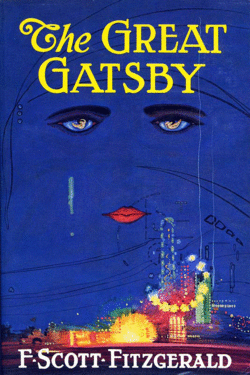
The Great Gatsby is a unique tale about a man’s inability to accept the past, disguised as a simple love story.
Jay Gatsby is a wealthy resident of new money, West Egg. The story revolves around Gatsby’s never ending effort to relive the past. His universal search for what he can never have and his hope to change perception into reality leads to his ultimate death.
The Great Gatsby is one of the most elegantly written, brilliant books anyone can read. However, I would not recommended it to readers who cannot understand symbols or see the deeper meaning to otherwise simple ideas.
F. Scott Fitzgerald brings his characters to life by contrasting their beliefs and mindsets. For example, Gatsby is a liar, a dishonest man who will do anything to get Daisy back. Nick highlights these traits of Gatsby because he is very honest and often puts himself before others. Gatsby also is a very hopeful person and is very caring; Daisy is selfish and careless. However, Gatsby still sees her as the person she was years ago. Gatsby and Tom Buchanan contrast each other because Tom never knows what he wants and Gatsby has always wanted Daisy. Tom is so caught up in being rich and his mind is so closed.
Fitzgerald uses his mask of a love story to also show his disgust with the social standards of the time. He shows the 20’s as a time of abundant wealth, carelessness, ignorance, and the weightless pursuit of getting more and more money. The original American dream seems to be shattered and replaced with a new dream with corrupted social value. Daisy and Gatsby’s love story reflects this. Gatsby dreams of being with Daisy but their social statuses keep them apart. He then resorts to crime to live up to her status. This ends up bringing him to complete moral disarray. What Gatsby can’t seem to live up to is the emptiness of the upper class because he is a caring and hopeful person who deeply contrasts with the selfish narrow-minded upper class.
Much like many works of Shakespeare, Fitzgerald uses the weather to reflect the different parts of the story line. When Gatsby and Daisy first meet again, it is pouring rain and both characters don’t feel comfortable. As soon as they start to get reacquainted the sun comes out. When Gatsby asks Daisy to tell Tom she never loved him, the sun is bright and the weather is uncomfortably hot. This reflects how Daisy is uncomfortable with the idea of leaving Tom for any of a number of reasons. This shows how Gatsby’s image of Daisy, though unaltered, is very thrown off. Gatsby’s downfall can be associated with the fact he cared so much for someone so careless. Finally, the day Gatsby dies, it is the first day of fall and Gatsby goes for a swim as he is waiting for Daisy to call. This jump in the pool is Gatsby’s last effort to pause time and relive his relationship with Daisy. As he gets out of the pool, the phone rings and a shot is heard. Gatsby dies with the undying hope that it was Daisy on the other end of the phone as he tries to relive the past.
The use of symbols plays the most paramount role in this novel. The Valley of Ashes is a long stretch of land that acts as a barrier between West Egg and New York City. It is filled with the ashes of industrial waste. This symbolizes the social and even the moral waste that comes from the empty pursuit of material gain.
Another symbol is the ever-present eyes of Doctor T. J. Eckleburg. These eyeglasses look over the Valley of Ashes. Fitzgerald never lays out a particular definition for this symbol. However, George Wilson, Tom’s mistresses husband, sees them as the eyes of god. Fitzgerald suggests that this theme only is standing in his mind and the idea of it represents his grief that leads to him killing Gatsby. Perhaps the lack of an exact definition leads to the sickening image of the glasses. After Gatsby’s death, Nick sees the eyes as a symbol for the emptiness of the world and the craziness of the idea that people live to give meaning to meaningless things.
Finally, the most important symbol of The Great Gatsby is the green light at the end of Daisy’s dock. This small light is first seen in Chapter 1 when Gatsby is reaching for it. This moment symbolizes his ever-present reach for Daisy and his perception of his love with her. A perception he lives to make a reality. When Gatsby finally finds Daisy and they are seeing each other, he is seen looking distantly at the light. At that point in time the exact meaning of the light had been completely changed. He had Daisy, so the ever present hope and ever-present light was meaningless. After Gatsby dies and Nick is reflecting. He talks about the insane idea that someone can hope so much for something they know they will never relive. Gatsby’s reaching for the green light is the symbol of an undying hope of being with the one person he ever loved or let himself love.
The idea that this green light’s meaning is shattered symbolizes two things. One is that the American dream, as we originally see it has died. Two, that trying to relive the past and trying to make perception real can destroy someone and their entire sense of reality.

My name is Hope Wilson and I am a junior at Tyrone Area High School. I am part of the girls’ soccer team and I am involved in every choir and band program...



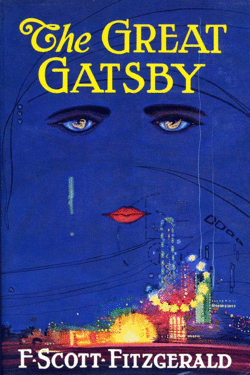
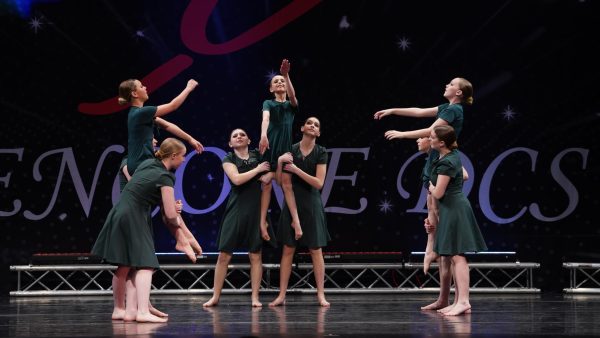

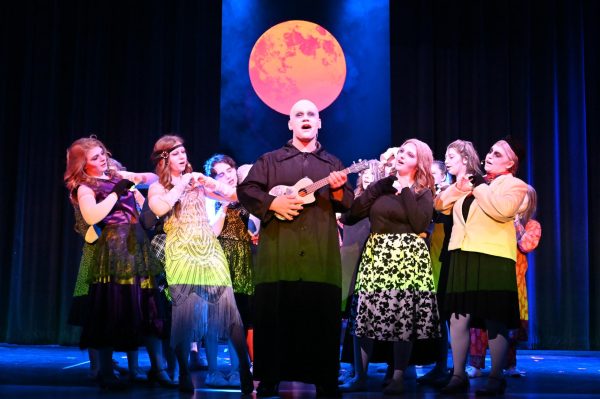





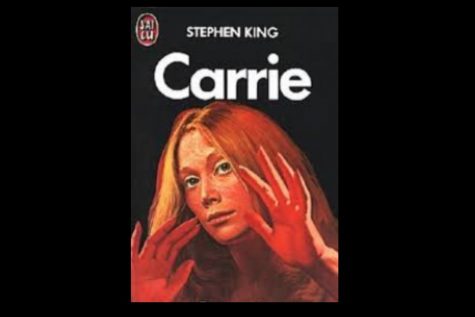
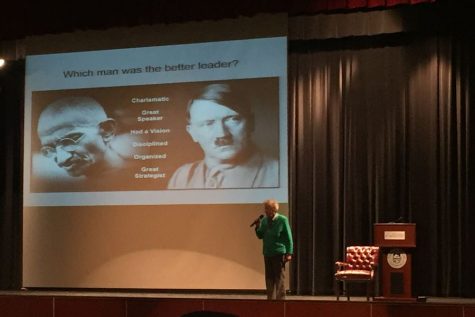
abby dollanger • Aug 8, 2021 at 7:05 pm
hi i think this is a very well done review